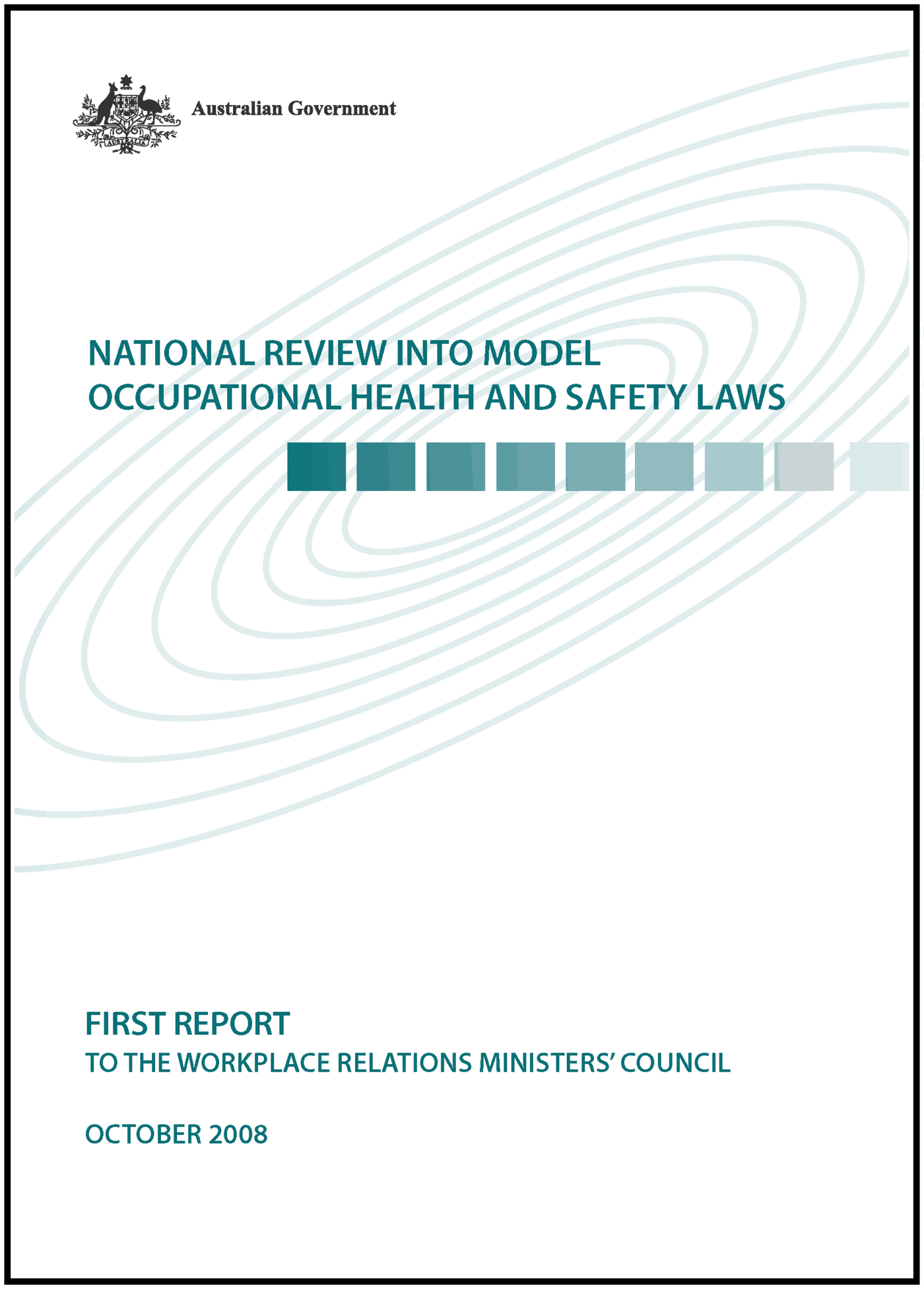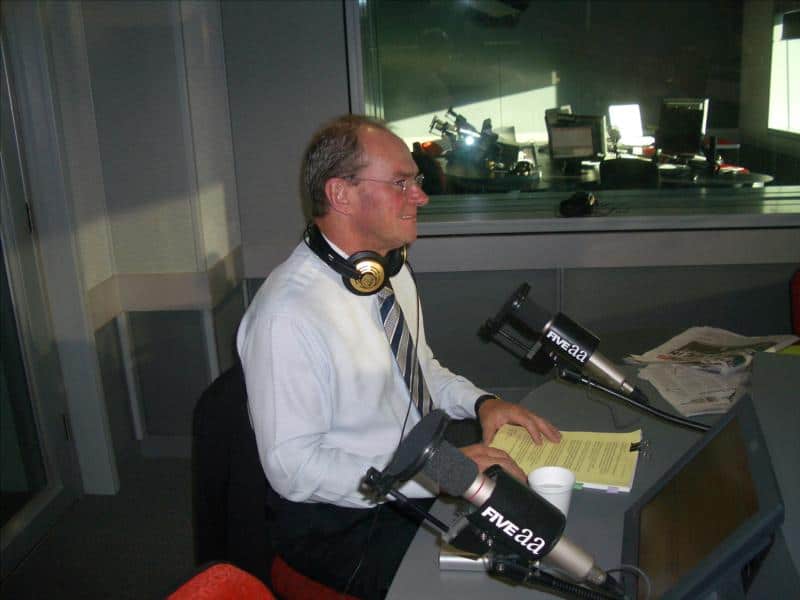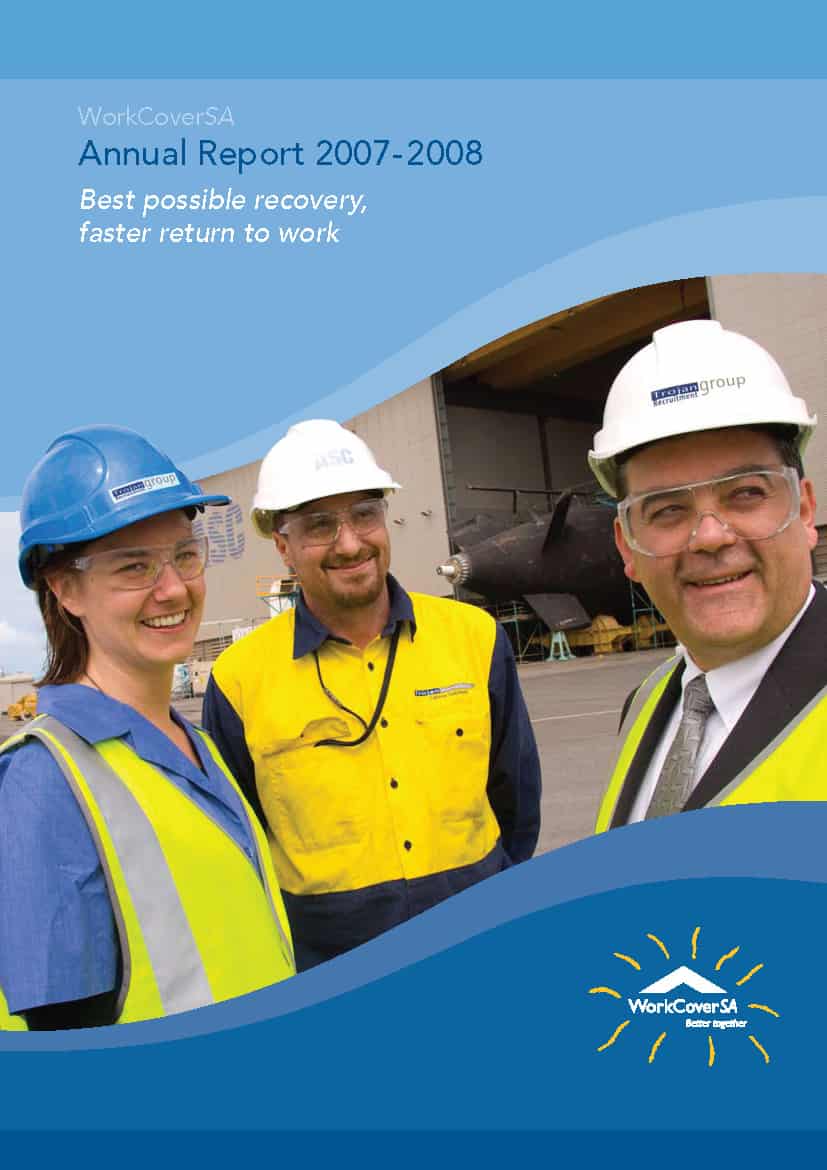The Department of Veterans’ Affairs may have to pay compensation to the maintenance crews of F-111 fighter planes. In the 1970s employees worked within the fuel tanks of the fighters with little, if any, PPE. In 2004 these workers were excluded from a healthcare and compensation scheme even though, according to one media report, evidence was presented that the workers had
- a 50% increased risk of cancer
- a two-fold increase in obstructive lung disease;
- a two-and-a-half fold increase in sexual dysfunction; and
- a two-fold increase in anxiety and depression.
One of the reasons the maintenance crews were denied compensation was that the Royal Australian Air Force (RAAF) had destroyed the maintenance records from before 1992.
An inquiry into the affair has received a submission from the commonwealth Ombudsman, John McMillan, and Labor MP, Arch Bevis, that strongly criticised the destruction and inadequacy of records.
In safety management, record-keeping is often seen, and dismissed, as “red tape”. The reduction of red tape is not the elimination of red tape and the reality of Australia’s increasing litigious legal system is that more records need to be kept, and for longer, than ever before.
Perhaps, the government, in its pledge to reduce red tape and business costs, should look at the lawyers’ insistence to business that the first port-of-call after an industrial incident is to call them so that everything becomes covered by legal-client privilege.
Perhaps it is the pressure to create paperwork than the paperwork itself that is the problem. In the case of the F-111 maintenance crews, regardless of the lack of paperwork, justice seems to be happening. It is just sad that so much pain and suffering had to be endured before getting close to a resolution.
Click HERE for a personal reflection on the health issues of the workers from one of Australian Rugby League’s champions, Tommy Raudonikis.




